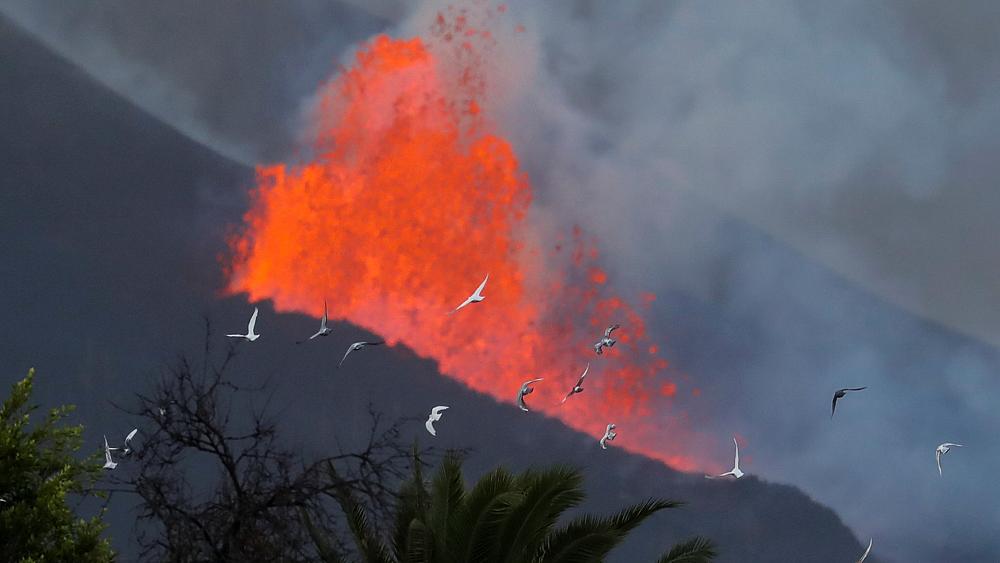Toxic gas fears as lava approaches the sea at the La Palma volcano

Image credit: News Logics
The Atlantic Ocean has been flooded by lava from an erupting volcano on Spain’s La Palma island, increasing worries of toxic fumes and explosions.
As a red-hot current made contact with the water in the Playa Nueva area, clouds of white vapour rose. This could cause a chemical response that irritates the skin and eyes while also impairing respiration. Since the eruption of the Cumbre Vieja volcano in the Canary Islands on September 19, hundreds of homes have been damaged.
As the lava engulfed residences, schools, and some banana fields, some 6,000 people were evacuated. Late Tuesday, the lava entered the water, according to the Canary Islands Volcanic Institute, Involcan.
Parts of the shoreline may potentially collapse, resulting in explosions, according to worries. Three coastal settlements had been evacuated earlier in the day in case the lava made contact with the water.
The Spanish government has declared La Palma, the archipelago’s most northwestern island off the coast of North Africa, a disaster zone, promising financial assistance to all individuals affected by the volcanic activity. Laze – lava and haze – is a gas plume formed when lava comes into contact with ocean water. As hot lava boils the colder sea water, a sequence of chemical reactions occurs, resulting in laze.
Laze plumes can irritate the eyes, lungs, and skin, but they shouldn’t be a problem if occupants keep their distance.
In 2018, a chunk of molten rock known as a lava bomb slammed onto a tourist boat off the coast of Hawaii, injuring 23 people. To keep people away from any potential hazard, authorities have established an exclusion zone around the lava, even in the water.
